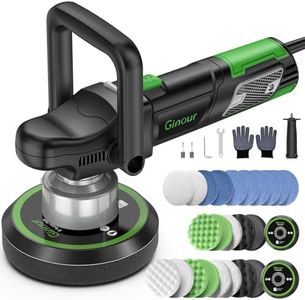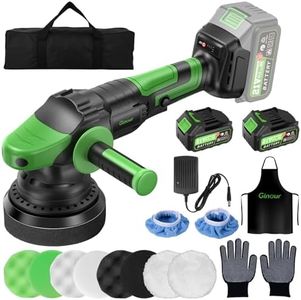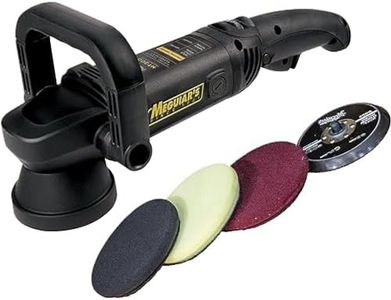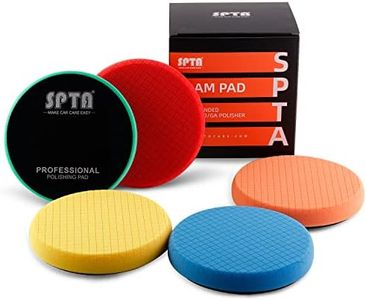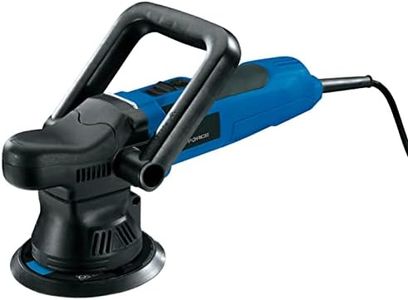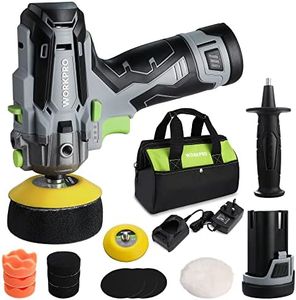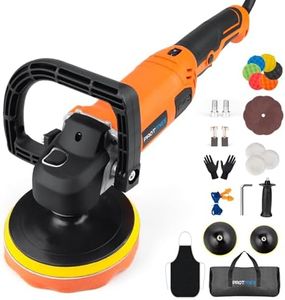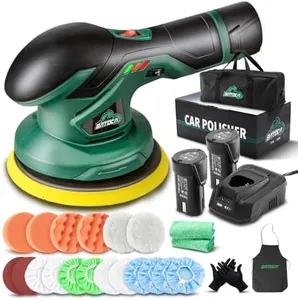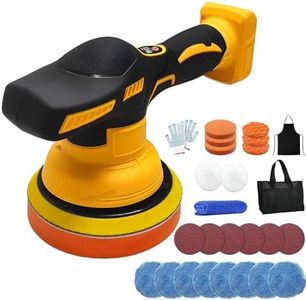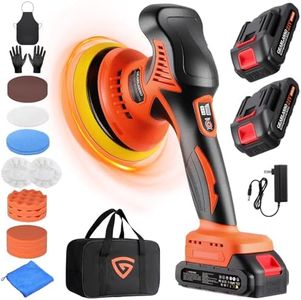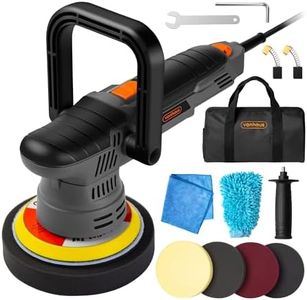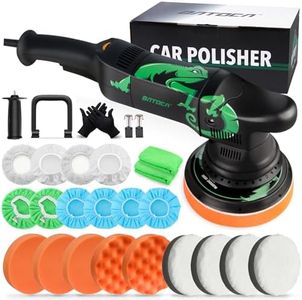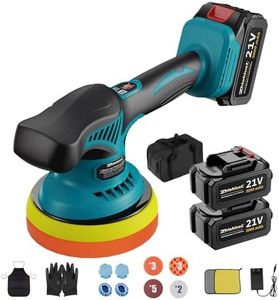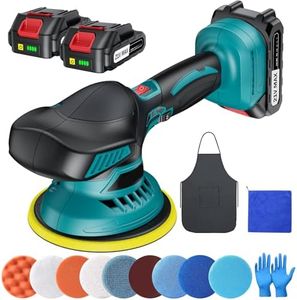We Use CookiesWe use cookies to enhance the security, performance,
functionality and for analytical and promotional activities. By continuing to browse this site you
are agreeing to our privacy policy
10 Best Car Buffers
From leading brands and best sellers available on the web.Buying Guide for the Best Car Buffers
When choosing a car buffer, it's important to consider the type of work you'll be doing, your level of experience, and the specific needs of your vehicle. Car buffers are essential tools for maintaining the appearance of your car, helping to remove scratches, swirls, and oxidation from the paint. The right buffer can make a significant difference in the quality of your car's finish, so it's crucial to understand the key specifications that differentiate one model from another.Type of BufferCar buffers generally come in two main types: rotary and dual-action (DA). Rotary buffers spin in a circular motion and are typically used by professionals because they can remove deep scratches and oxidation quickly. However, they require skill to avoid damaging the paint. Dual-action buffers, on the other hand, move in an orbital pattern, making them safer for beginners as they are less likely to cause damage. If you're new to car detailing, a dual-action buffer is a safer choice, while experienced users might prefer the power of a rotary buffer.
Speed SettingsThe speed of a car buffer is measured in revolutions per minute (RPM) or orbits per minute (OPM) for dual-action buffers. Variable speed settings allow you to adjust the buffer's speed to suit different tasks, such as polishing or waxing. Lower speeds are ideal for applying wax or sealant, while higher speeds are better for cutting and polishing. If you plan to use the buffer for a variety of tasks, look for a model with adjustable speed settings to give you more control over the process.
PowerThe power of a car buffer is usually measured in amps or watts. More powerful buffers can handle tougher jobs and work faster, but they can also be more challenging to control, especially for beginners. If you're working on a heavily oxidized or scratched surface, a more powerful buffer might be necessary. However, for regular maintenance and light polishing, a less powerful model will suffice and be easier to handle.
Weight and ErgonomicsThe weight and design of a car buffer can significantly affect its ease of use. Heavier buffers can be more tiring to use over extended periods, but they may also provide more stability during operation. Ergonomically designed buffers with comfortable grips can reduce fatigue and make the tool easier to maneuver. Consider how long you'll be using the buffer and choose a model that feels comfortable in your hands, especially if you plan to use it frequently.
Pad SizeThe size of the pad on a car buffer affects the area it can cover and the level of precision it offers. Larger pads can cover more surface area quickly, making them ideal for large vehicles or extensive jobs. Smaller pads offer more precision and are better suited for detailed work or smaller vehicles. Consider the size of your vehicle and the type of work you'll be doing when choosing the pad size. For general use, a medium-sized pad is often a good compromise.

